The true-crime drama The Gold on MASTERPIECE shines a spotlight on one of the world’s most coveted metals. These surprising truths about real gold—from its indestructibility to its being edible—reveal just how valuable and remarkable it truly is.
Gold Came from Outer Space
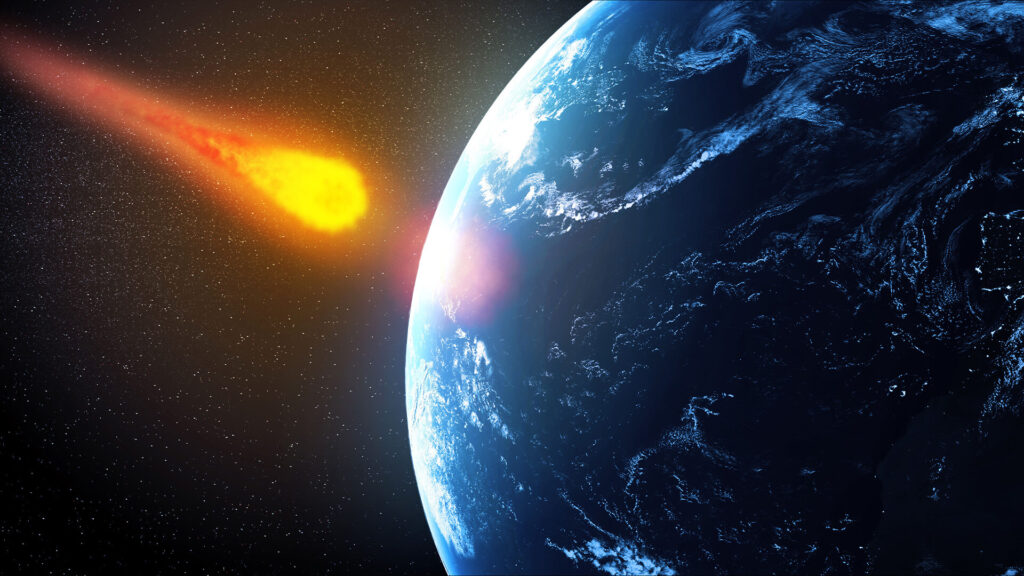

Gold did not originate here on Earth; it was delivered to us by meteorites and asteroids. Over billions of years, intense heat and pressure deep within the Earth’s crust transformed those scattered gold atoms into the rich gold deposits humans have mined since civilization began. This cosmic treasure is spread across all seven continents.
The Ocean Holds 20M Pounds of Gold
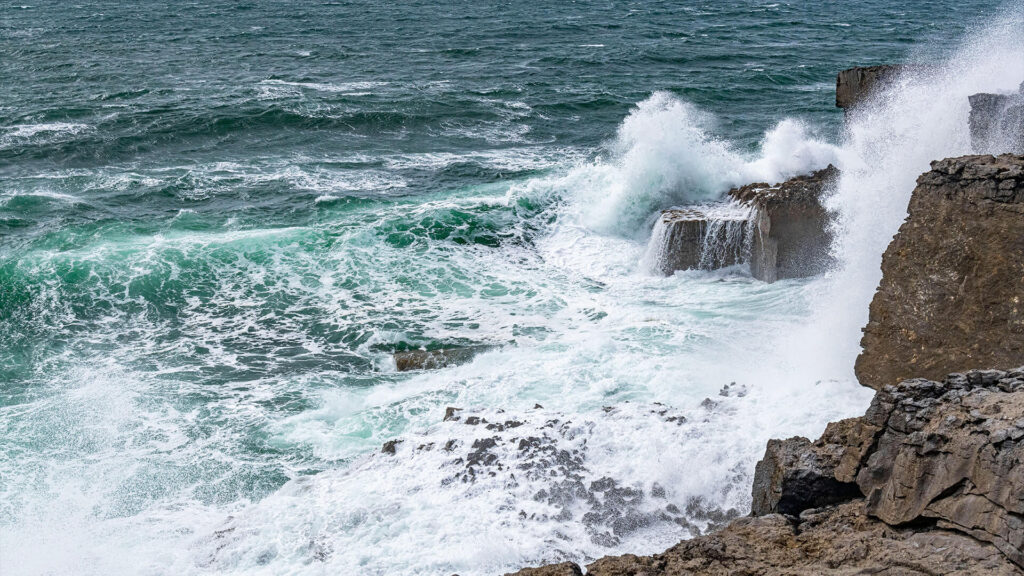

Gold is dissolved in the ocean but extremely diluted—just parts per trillion. According to the National Oceanic and Atmospheric Administration, you’d need to process millions of pounds of seawater to extract a single ounce of gold. Undissolved gold also lies beneath the sea floor—buried a mile or two underwater and encased in rock. For now, there’s no cost-effective way to extract gold from the sea and turn a profit.
Gold is Virtually Indestructible
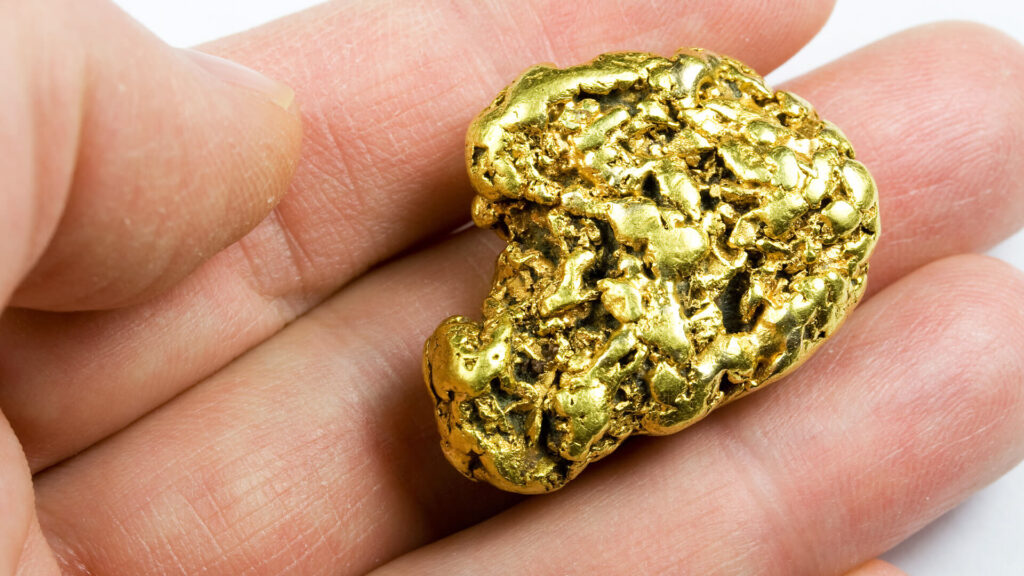

Gold is a ‘noble’ metal, meaning it doesn’t rust, tarnish, corrode, or lose its shine when exposed to air. It also resists reacting with acids, which is why ancient gold artifacts still gleam today. And while gold can be melted, reshaped, or alloyed, the gold atoms themselves aren’t destroyed—that would require a nuclear reaction. In short, all the gold ever mined still exists in some form.
Gold is Rarer than Diamonds
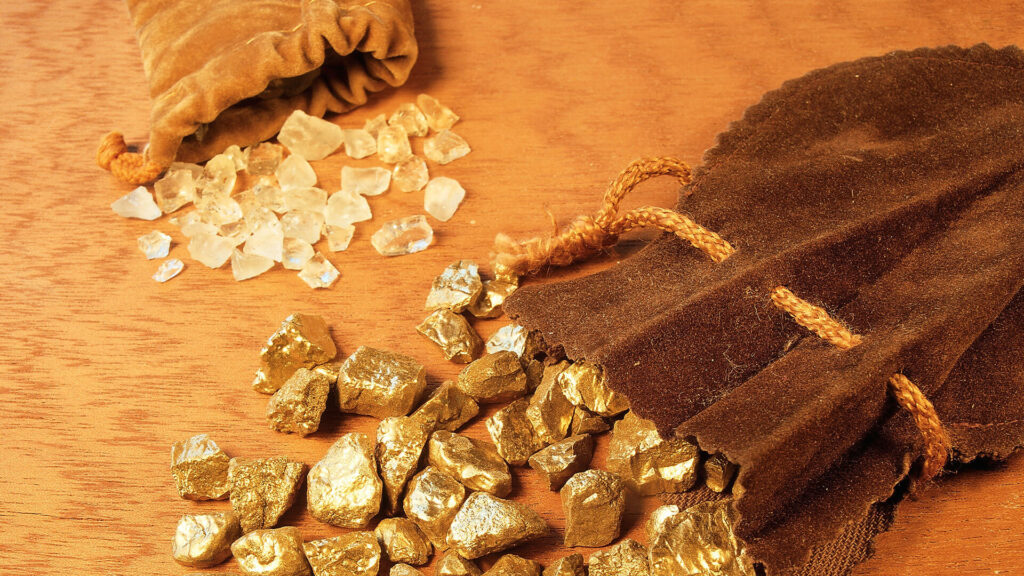

Diamonds might fetch higher prices, but gold is scarcer—and that’s why it’s often seen as a safer investment. Diamonds form from carbon under immense pressure, and carbon is one of Earth’s most abundant elements. In contrast, all the gold ever mined would fit into a cube just 20 meters (65 feet) on each side, says BBC Science Focus. The World Gold Council notes that finding a one-ounce gold nugget is rarer than finding a five-carat diamond.
Olympic Gold Medals are Mostly Silver


Olympic gold medals were made from pure gold from 1904 until 1912. Due to cost and the onset of WWI, the first-place prize became gold-plated silver. Today’s gold medals contain at least 6 grams of gold and are 92.5% silver, as per the International Olympic Committee; each weighs about 18 ounces. (While Olympic silver medal are, unsurprisingly, made of silver, NPR reports that 2024’s bronze medals were a mix of copper, tin, and zinc alloys.)
Gold is Used in the Space Program
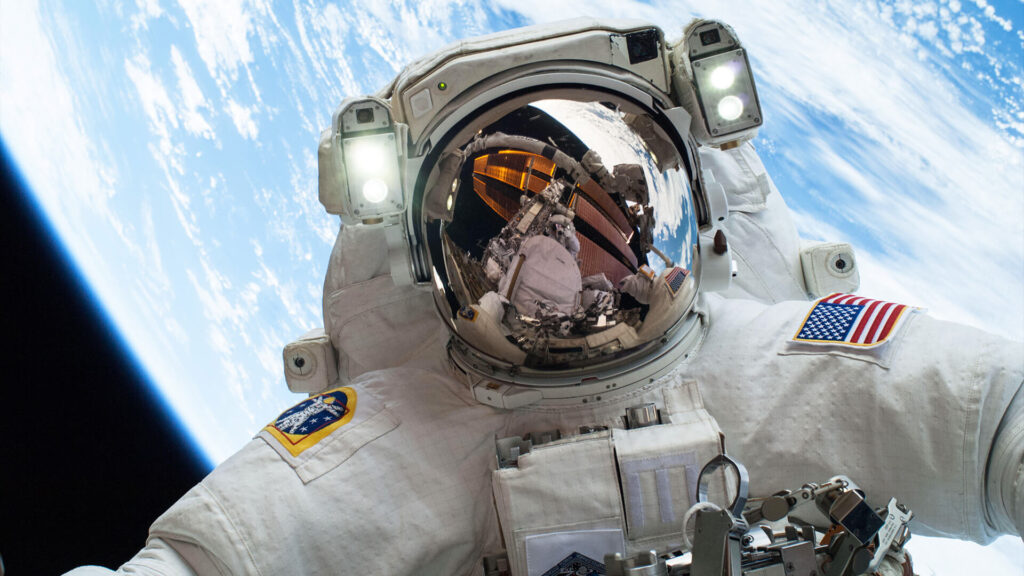

Gold acts like a thermal blanket, protecting astronauts and spacecraft from extreme heat. Spacesuit visors are coated in an ultra-thin, transparent layer of gold—just .000002 inches thick, according to Encyclopedia Britannica. This coating blocks harmful solar glare and radiation but lets visible light through. During the 1960s Apollo missions, gold foil wrapped the lunar module to reflect heat and shield its delicate systems from space’s harsh environment. Gold also lined the module’s windows, filtering dangerous radiation without blocking the spectacular view.
Gold is the Only Yellow Metal
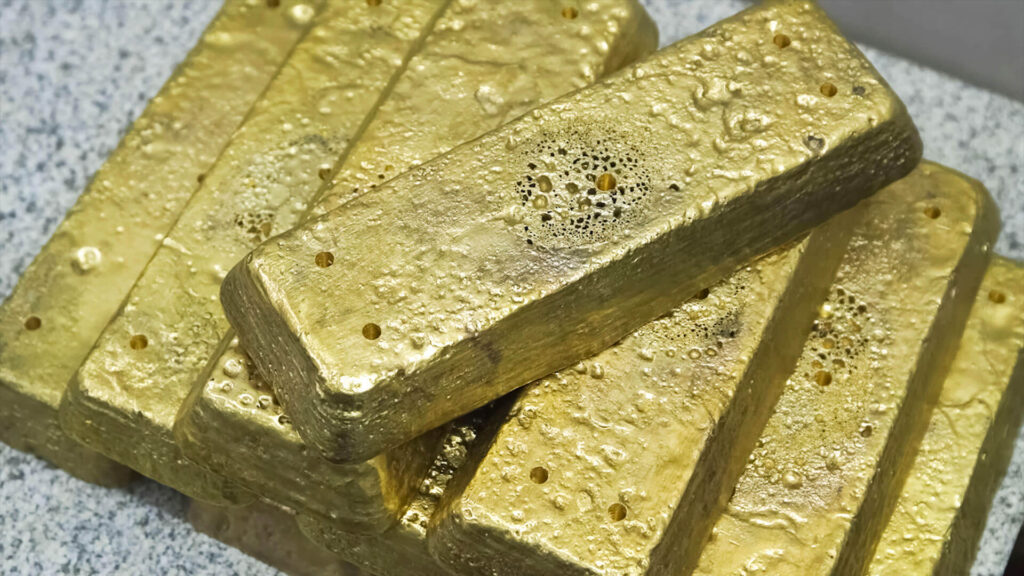

Most metals are silver or gray, but gold is the only one that’s naturally yellow. Copper comes close with a reddish tone and other metals only turn a yellowish color after reacting with air or chemicals. According to the U.S. Geological Survey, pure gold carries a hint of ruby in its glow—a visual uniqueness making it a timeless favorite for currency, jewelry, and art.
Gold is in Our Body
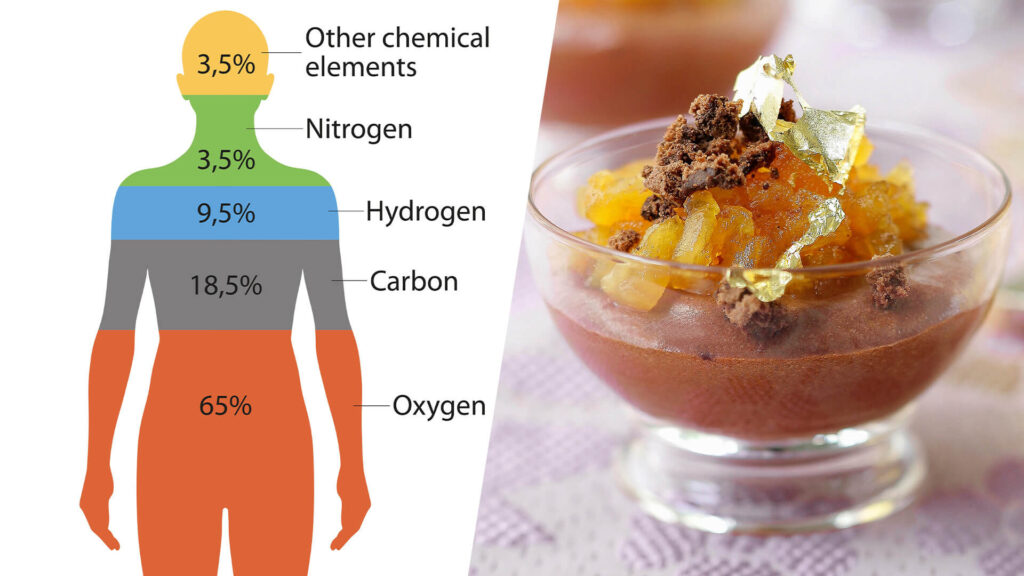

The human body contains trace amounts of gold—mostly in the bloodstream, with miniscule amounts in the liver, kidneys, and hair. A 150-pound person has about 0.2 milligrams, according to the U.S. Money Reserve. We absorb gold through food and water since it exists in tiny quantities in the natural environment. Though odorless and tasteless, gold flakes are even added to luxury foods and drinks—non-toxic and perfectly safe to eat.




